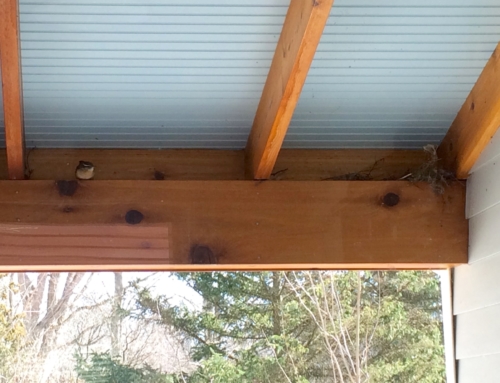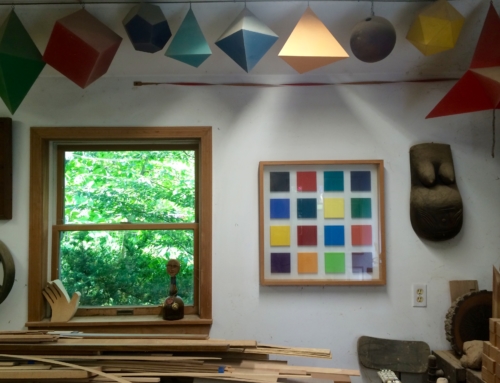You'll have to imagine the fragrance and damp wind of autumn, the rush of the Grand River (flowing toward Lake Michigan), and the roar and stink of city traffic. I wonder what Henry David Thoreau would have made of this moment, captured at ArtPrize 2012, Grand Rapids, Michigan, USA. At the age of 20, prompted by his friend, Ralph Waldo Emerson, Thoreau began writing–and often drawing–in a journal almost daily. Exploring the relationship between nature and culture would become the centerpiece of that practice. This artwork and its setting commingle the two in countless ways: Horses can be wild and tame. These sculptures are made of tree limbs (from Michigan trees? The artist lives in West Michigan). There's a concrete bridge in the background and a retaining wall in the foreground that have been constructed from materials taken from the wild world. Both have disrupted ecosystems. And then there are the people. Thoreau seems to have believed enthusiastically in the essential goodness of people and in the role wildness (the river, the wind, the impulse to stop and look at these horses) can play in bringing that goodness into play with the world. As for me, I'm really quite taken with something that makes people pause by a rushing river and consider artwork that's been left wide open to the water, the weather–and our gazes. Click here for more about the sculpture.










Leave A Comment